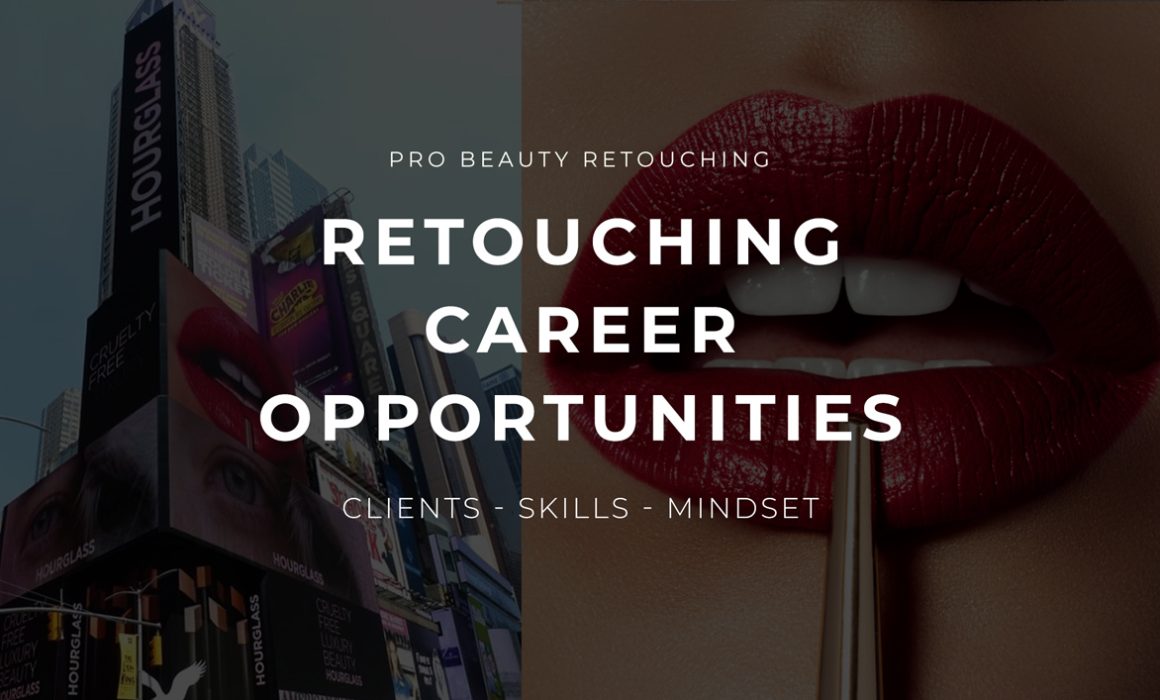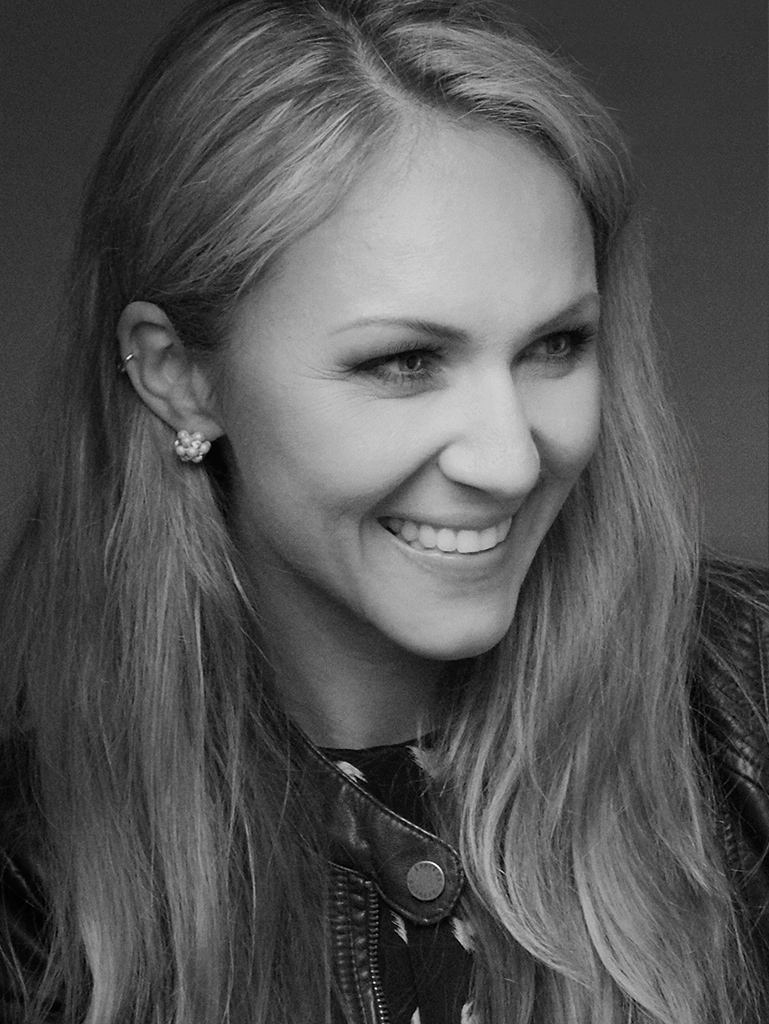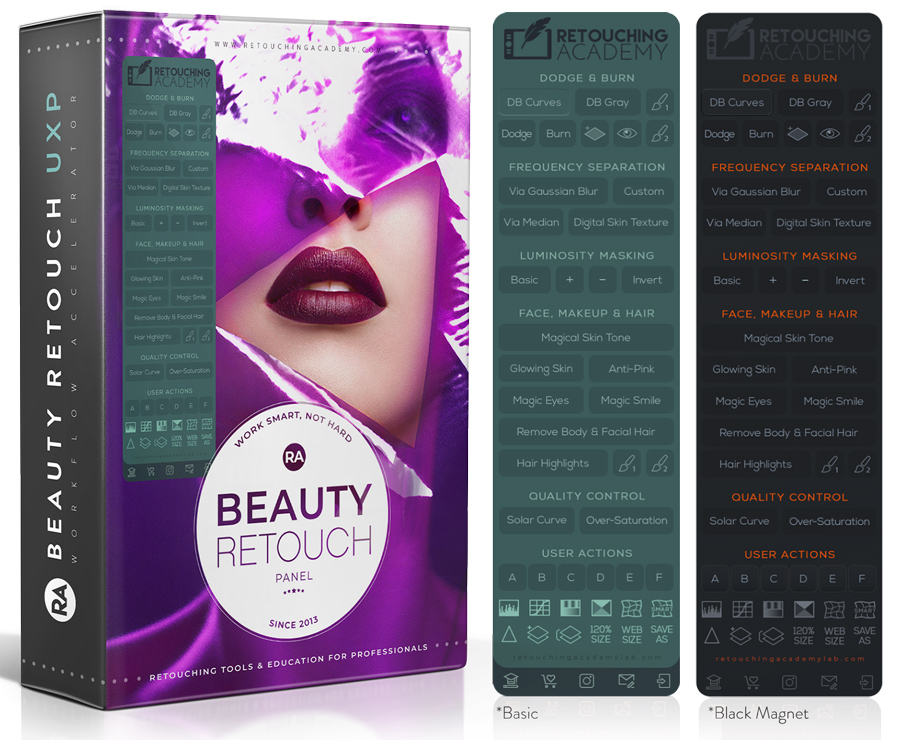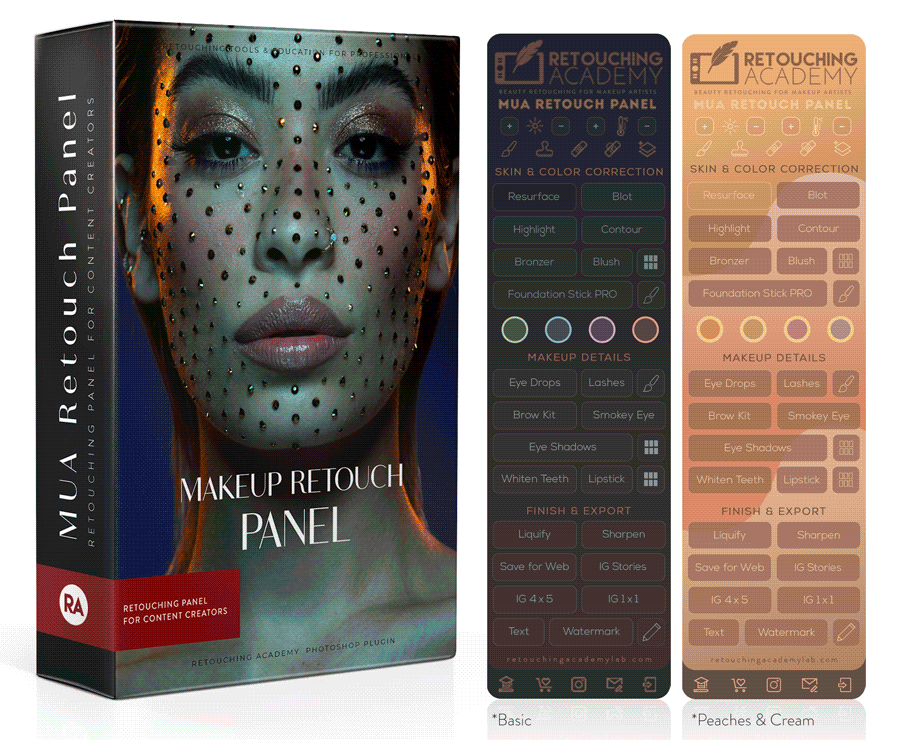Career Opportunities for Retouchers
Photo Retouching is a potent skill for all content creators. Retouching tools, emerging phone apps, and shortcut retouching software are very helpful for artists who only use retouching to supplement their main services such as photographers, makeup artists, graphic designers, social media managers, and so on.
However, for freelancers who offer retouching as their principal service, an additional understanding of career opportunities, tools, techniques, and business practices is necessary.
If you are interested in a professional retouching career, particularly serving commercial higher-paying clients, or if you are a photographer who provides retouching services to clients as well — this article is for you.
TYPES OF CLIENTS
In retouching, as in any freelance business, virtually everyone begins by offering their services in exchange for the opportunity to develop their skills and build their portfolio.
After the artist feels confident enough to offer paid services, they move on to working with photographers, models, makeup artists, and other clients who want retouched images for their personal or portfolio use.
For the majority of retouching freelancers, this is the market where they linger forever.
Maybe this is where you want to be, or maybe you are not aware of the professional retouching career options.
If it’s the latter, you will be happy to find out that there’s a lot of room for growth and expansion — both professional and financial.
In retouching, there are two main types of end clients you can acquire:
- individual clients — regular people, and photographers who work with regular people;
- commercial clients — big and small businesses in various industries.
Commercial clients invest in visual content creation to promote their products or services, aiming for substantial profits, often in the multi-million dollar range. The scale and location of the company influence these profits.

Client: Dr Brandt Skincare, Photography & Retouching by Julia Kuzmenko McKim; Usage License: Web & Print for Point-of-sale (Sephora), advertising in major fashion magazines (Elle, Harpers Bazaar, Marie Claire, etc.);
The beauty of being a freelance retoucher is that your career potential and opportunities are not limited by your geographic location.
Most retouching work is done remotely, allowing you to work with clients worldwide.
Naturally, commercial clients will have higher budgets to produce the visuals that move their business forward.
So, a skillful retoucher who works directly or indirectly (via a creative agency, retouching house, or a photographer) with commercial clients has a better chance to not only sustain their business but also to make a comfortable living significantly faster.
HIGH PROFIT, LOW MAINTENANCE IS THE GOAL
According to the Customer Classification Matrix (a well-known model popular in business studies), for long-term prosperity, it is wise for a business owner to focus on acquiring and retaining more High-Profit clients — ideally, also those who are Low-Maintenance — and eliminating Low-Profit clients, especially those who are High-Maintenance.

In the retouching business, individual clients are usually those that can be classified as Low-Profit, while they are often High-Maintenance with long lists of retouching requests per image and multiple rounds of revisions.
Yes, there are also High-Maintenance commercial clients, but:
✅ They are usually more experienced, organized and have a precise goal they are working to achieve. They are less likely to change their mind multiple times throughout the project (although that happens too);
✅ As a service vendor, you typically communicate with client representatives — professionals who speak your client’s language and have a lot of experience in dealing with professional photographers and retouchers.
Through this communication, you will have the opportunity to learn, enrich your understanding of this specific type of business, and become more valuable to all your commercial clients — the current and the future ones;
✅ You get paid more for your expertise, time and effort than when serving individual clients.
Besides having to get more individual-client jobs to make the same level of income as a commercial retoucher, you also have to adjust and adapt to every new client’s needs and requirements, which eventually may become exhausting and cause resentment to build up.
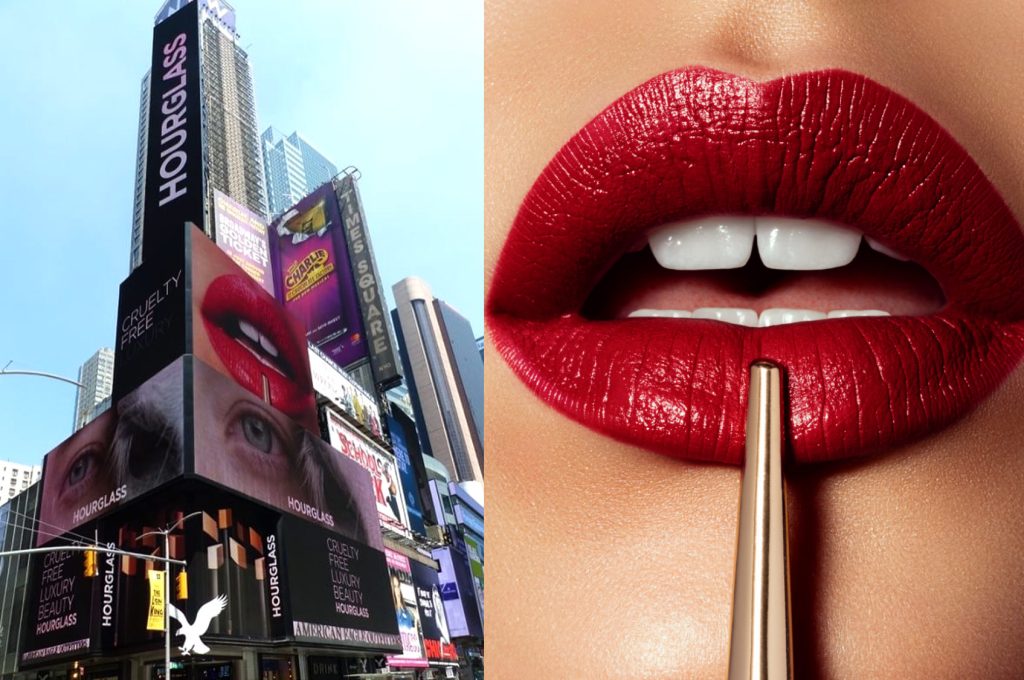
Advertising on Times Square, NYC; Client: Hourglass Cosmetics (owned by Unilever), Photography & Retouching by Julia Kuzmenko McKim; Usage License: Web & Print advertising;
With each new individual client, you will worry whether or not you will get paid on time, or at all.
If an individual client stops responding after they’ve received their retouched images, you really don’t have many options to enforce payment.
It’s not as easy for an established business to ditch your invoiced payment request.
There are so many more social, financial, and creative benefits for freelancers in working with commercial clients, and yet, not many retouchers strive to step up their game and actively go after acquiring commercial clients.
Based on all of the test results that I have seen throughout the years — within Retouching Academy contests and my Avenue Retouching agency‘s ongoing recruitment — there are only about 3–5% of freelance retouchers who have the level of retouching skills required, and who apply a professional approach to communications, retouching and structuring their files.
THE FAST & THE EFFICIENT ALWAYS WIN
In the past decade, I focused on working for established brands in the beauty industry as a commercial beauty photographer and retoucher.
My client list gradually expanded with a range of national and global makeup and skincare brands, including Urban Decay Cosmetics (L’Oreal), Pat McGrath Labs, Melt Cosmetics, Hourglass Cosmetics (Unilever), TATCHA, Sunday Riley, NEUTROGENA, GlamGlow (Estée Lauder) among others.
A handful of these brands became my regular clients and their projects multiplied in size over time.
I was able to handle most of the retouching for smaller campaigns and e-comm projects with up to 10 beauty images as deliverables per project thanks to the retouching tools I created to streamline my workflow.
However, as trust in the quality of the services and reliability that my team and I provide grew, shot-lists per shoot skyrocketed to 60–120 images per project to photograph and retouch.
The vast majority of those deliverables are full-face beauty and macro beauty shots, so you can probably imagine the time and budget required for such extensive projects.
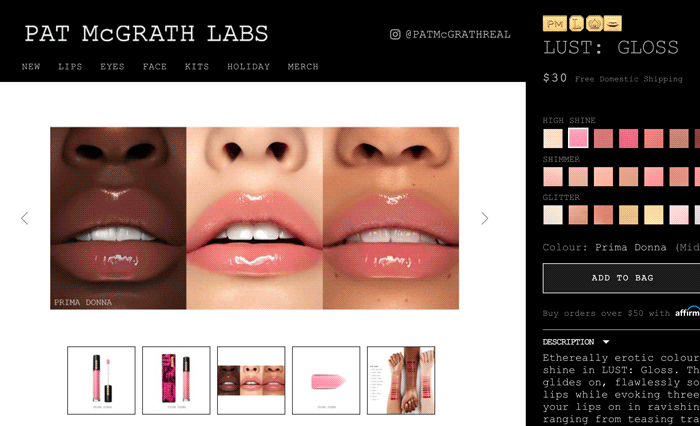
Client: Pat McGrath Labs, Photography & Post-Production by Julia Kuzmenko McKim and Avenue Retouching Agency;
Along with the growth of my commercial photography business, the projects got larger while turnaround times got shorter, I knew I needed a few skilled and reliable retouching assistants to help me with the workload.
Today, with the support of my team of professionals, I handle large volumes and have strict deadlines. My clients know they can rely on us.
In most cases, the images that I create are used for product launches, advertising campaigns, and other brand activities that involve many people, multiple departments within the company, and their own respective internal timelines.
Missing a deadline on our end is not an option.
With that in mind, when we have a large project with a tight deadline on our hands, my team and I work the extra hours until we complete the job on time with the quality of the deliverables uncompromised.
Like most commercial photographers, I shoot with a large-sensor camera, so each file where skin, makeup and hair retouching are necessary, ends up being around 1–2 GB in size.
I have my backup systems in place, but dealing with massive commercial projects taught me to be mindful of the retouching methods I use, and eliminate all steps that unnecessarily increase file size of our working PSD files.
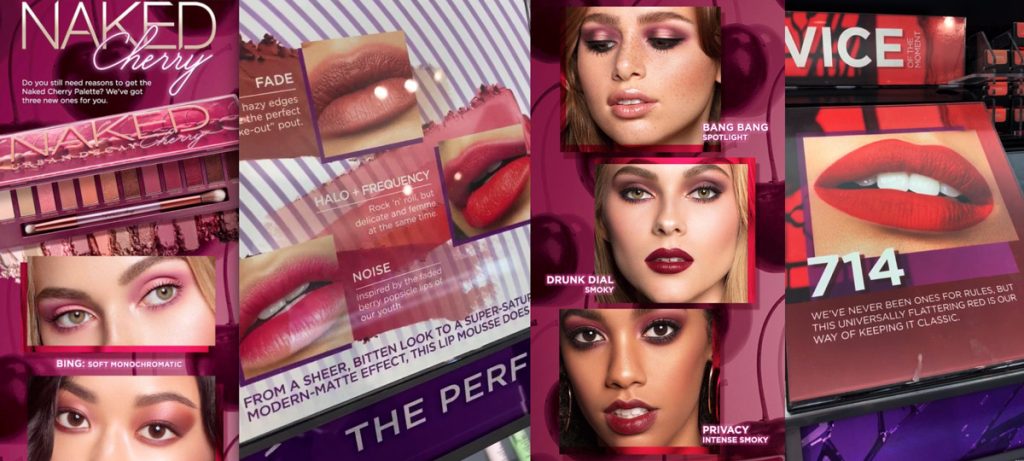
Client: Urban Decay Cosmetics (L’Oreal), Photography & Retouching by Julia Kuzmenko McKim; Usage License for multiple shoots: Web & Print for Point-of-sale (Sephora & Stand-alone UD shops);
The same is true for my retouching assistants as they need to ensure we can easily move each file as a layered PSD through the necessary internal online folders and stages within our team.
LOOKING FOR NEW RETOUCHING ASSISTANTS
All this means that when I am looking for new team members, I am looking for retouching professionals who:
✅ Already understand the unspoken rules of the fast-paced commercial world (clear, fast communication and reliability).
✅ Understand the importance of the lean-PSD approach for quick file turnaround when dealing with large projects.
✅ Know how to properly structure their PSD files, so it is easy for me to quickly and seamlessly finalize each file before submitting it to the client.
✅ Understand the importance of the non-destructive retouching work, so it is easy to adjust any part of an image if the client requests revisions without having to re-do any of the work we have already done.
Time is money for your clients and your own business too.
In the world of commercial photography and retouching, everything often needs to be done fast, sometimes last minute, so it’s even more important that the work is done properly from the start.
A retoucher’s ability to work efficiently stems from his or her ability to apply a fundamental and professional retouching approach and employ proper work habits that have become second nature.
TRUE PROFESSIONALS ARE HARD TO FIND
I started testing to hire retouchers for my post-production team many years ago and was quickly disheartened to see that a very small percentage of the returned test images had quality skin retouching and correct colors.
Unfortunately, the majority of the decently retouched images were submitted in poorly structured, messy, and bloated PSD files.
While it may not seem like such a big problem if the retouch itself is not so bad, the truth is that professionals to whom retouchers submit their job — commercial photographers, creative agencies, or brand representatives — are very busy people and have no time to deal with someone who does not possess the necessary level of professional skills and knowledge required.
When budgets are measured in tens of thousands of dollars, no one has the time or desire to deal with an incompetent, slow, or disorganized freelancer. Because the global market is so big, there’s always someone who is better and faster.
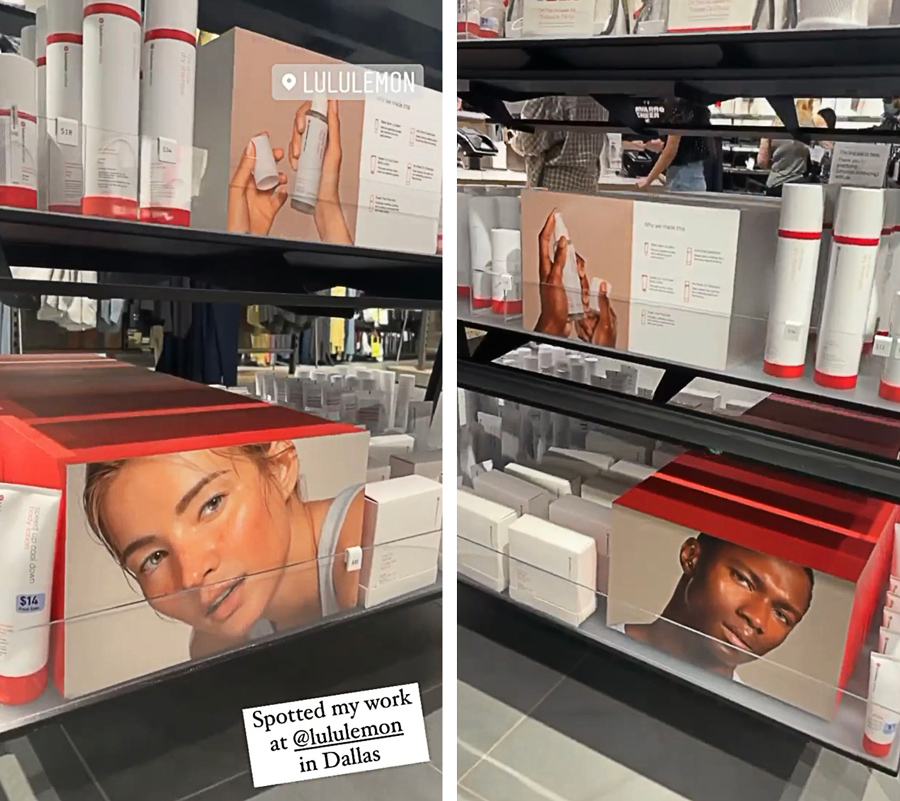
Client: Lululemon, Photography & Post-Production by Julia Kuzmenko McKim and Avenue Retouching Agency;
Most clients will be willing to pay more for a qualified professional if he or she proves to be a valuable and reliable part of their post-production team.
There are so many retouchers who compete at the overcrowded bottom of the retouching market, where retouching rates have no chance to increase. It is especially so with the introduction of easily accessible generative AI tools that forever disrupted the photography market.
In the meantime, skilled retouching professionals who are qualified to work with commercial clients are still going to be in high demand because of the sheer number of businesses that create an enormous amount of visual content for their new products.
They all need quality post-production help.
Because the percentage of skilled professionals is so small, they are pretty hard to find, and clients know that.
Brand personnel responsible for visual content production don’t want to gamble on new freelancers, they will always continue working with skilled professionals, offering them repeat business and financial security in return.
These professional retouchers are well-versed in common practices with receiving, handling, submitting and archiving their clients’ files.
They know what to ask and what is being asked of them, as they understand the industry terms and vocabulary.
They know to keep their client or superior informed on the progress and meet the deadlines they have agreed to, regardless of their personal and professional life events.
They are organized, they don’t overbook themselves, and they are always on top of things within each project.

Client: GlamGlow (Estée Lauder Companies Inc.), Photography & Retouching by Julia Kuzmenko McKim; Usage License for multiple shoots: Web & Print for Point-of-sale;
There is no room for excuses. Reliability and proper skill level are the qualities that matter in the world of professional retouching for commercial clients.
You may get lucky and land a great commercial job, but if you’re oblivious to the important things that make your client’s life easier, you will most likely not get hired again.
Repeat business should always be your goal if you want to spend more time working on paid projects rather than anxiously looking for new clients.
While the rates and salaries of retouching professionals are higher in commercial retouching, client expectations and workloads are on a whole other level as well.
It takes some serious skills, work ethic, and determination to be able to successfully step up and stay in demand.
While I can’t help you become more reliable or resilient, the Professional Beauty Retouching course can definitely help improve your skills and lay a foundation for professional retouching habits so that you are ready when the opportunity presents itself.
AVENUE RETOUCHING AGENCY
In early 2019, after many trials, I finally built a strong team of retouching assistants. These retouchers have worked on many massive projects with me since. Everyone had stepped up, pulled through and proven they were reliable and could provide quality retouching even when the workload significantly increased.
To preserve this team and keep my assistants busy even between my commercial photography projects, I established Avenue Retouching Agency.
Professional retoucher and educator Sarah Tucker joined us as a Post Production Director to handle the Avenue agency workload.
Sarah had been a commercial retoucher for over 10 years, both in-house and freelance, with a client list that includes some of the major players in the fashion industry, including Conde Nast (Vogue).
She has worked on images photographed by Rankin and Mario Testino, among others, featuring well-known stars like Kate Moss, Pamela Anderson, Julianne Moore, Liv Tyler and many more.
With my solid experience as a commercial beauty photographer and retoucher managing my own post-production team, and Sarah’s experience working in-house as a Senior Retouching Artist at major retouching houses in London, we quickly optimized and streamlined our internal procedures to be able to successfully handle large commercial jobs.
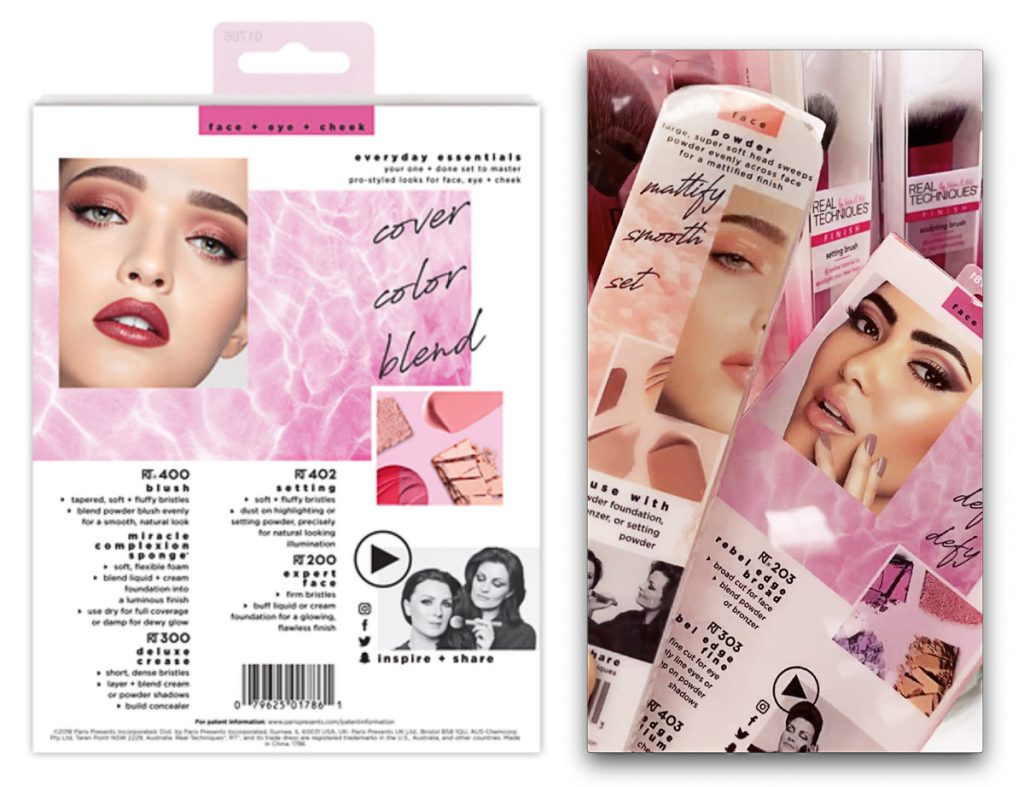
Client: Real Techniques, Photography & Retouching by Julia Kuzmenko McKim; Usage License: Web & Print (packaging);
To make onboarding of new team members easier and instill a standard retouching approach across all of the Avenue retouchers, we recorded internal training videos, which eventually expanded and evolved into the Pro Beauty Retouching course.
Now any retoucher who would like to learn from our experiences and confidently step up into the commercial retouching realm can easily do it.
There is some hidden future benefit for us too – the more freelance retouchers learn from this course the easier it will be for us to hire new skilled professionals as the Avenue agency team grows.
Remember that practice is absolutely the only way to upgrade your skills. Only a healthy balance of learning and practicing will lead to true improvement, so start practicing on the included PSD files, download more practice files from our Retouching Academy Lab website.
When you are confident in your skills, approach active beauty and fashion photographers for collaboration to build and expand your portfolio, and attract new higher-paying clients.
🔴 If you enjoyed this post, check this one out:
